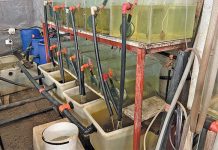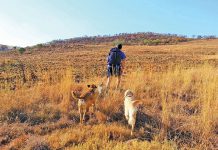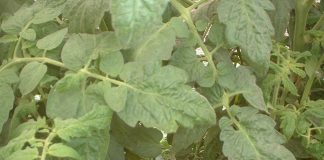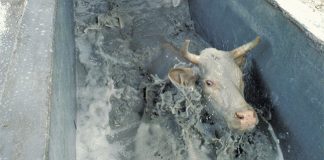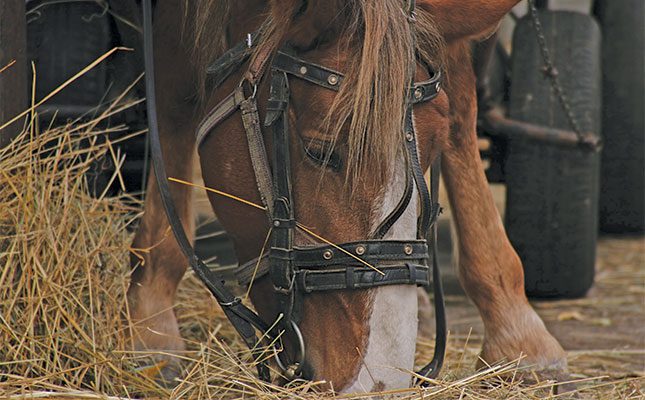
Photo: Pixabay
Riding stables have had to increase stabling fees in line with the increased costs of keeping horses. Breeders have realised that the income from selling registered horses has dwindled because feed costs have risen steeply this year. Feed costs for horses include roughage (hay) and concentrates.
A cost-effective approach is to look first at input costs to see if they can be reduced, then to look at how income can be increased.
Escalating costs
The cost of concentrates has not escalated as fast as the cost of hay. Eragrostis tef is the best roughage for horses in South Africa.
The strange weather patterns and late summer rainfall across South Africa this year have influenced the growth of tef, and very little is available at present, particularly in Gauteng. Where it is available, it is very expensive, as it has probably been brought in from the Eastern Cape. Currently, square bales cost between R120 and R150 each.
The late rains have also resulted in young green grass (especially kikuyu) in grazing paddocks but, with the hot sun, this tends to wilt.
If your horses are out on grazing, leave bales of dried grass in the grazing paddocks to prevent colic.
E. eragrostis is also currently scarce. It’s closely related to tef but can be fairly indigestible. Sometimes it causes impaction colic, particularly in thoroughbred racehorses.
The main advantages of Eragrostis is that it doesn’t need to be replanted every year and can be used for hay and grazing.
Feed merchants are currently selling this for between R1 300 and R1 500 per round bale. These weigh about 150kg each and are usually enough for one horse for about 30 days.
Along with feed costs, those for concentrates and salaries are also up.
Possible ways to increase income
Breeders have to look very carefully at the market. Currently, the best approach seems to be to skip a season with broodmares and put them under saddle. Young stock can be run in a herd after weaning.
It’s feasible to offer lessons in working with and schooling young horses. Make it a fun thing over school holidays – bring in a group of parents and eager teenagers over a weekend and let them train the young stock under supervision. Include a picnic venue and an outride on schooled horses.
In a rural community, training young horses often results in a bond between a teenager and a young horse, which then often results in a sale.
Getting teenagers in to help clean stables and ride horses – perhaps even help organise a Christmas show – could promote your horses in a positive and cost-effective way.
Many years ago, as a teenager, I worked in riding schools over December. It taught me a lot about handling, grooming and schooling horses. I received a certificate instead of a salary!
Dr Mac is an academic, a practising equine veterinarian and a stud owner.

